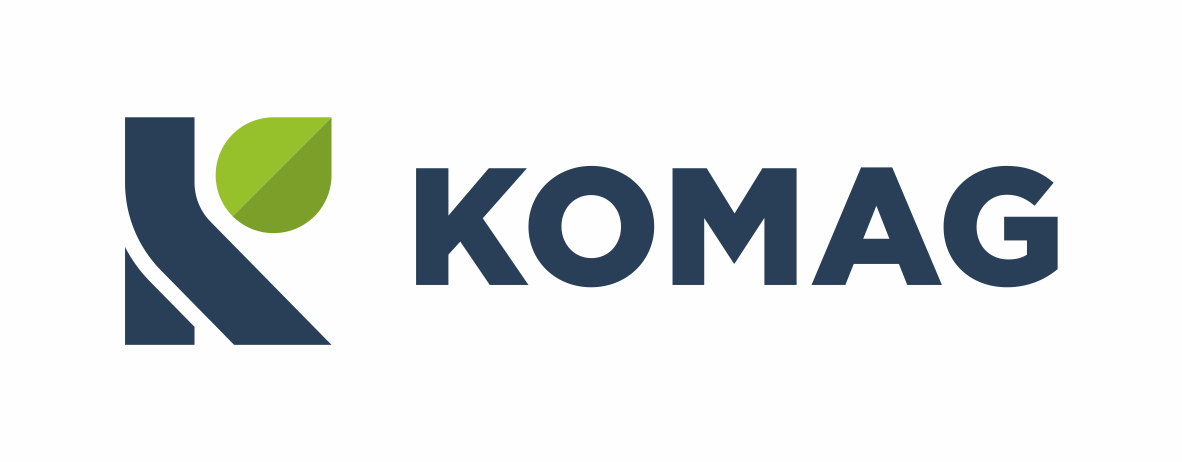Present conditions in the mining sector, such as production concentration, increase quality, reliability and functionality requirements. At the same time a phase of experimental operation of a material prototype in in-situ conditions gets reduced. Some limitations connected with testing material prototypes of mining machines impose a necessity of searching new prototyping methods. One of them is a method of creating virtual prototypes of mining machines, which enables to test future technical means at the early designing stage.
Virtual prototyping is a process of creating and testing virtual prototypes. It starts from a construction of geometric models of products, which are then used for conducting a computer simulation, which is shown below. Virtual prototyping includes processes of designing, production, maintenance as well as recycling. A virtual prototype is a set of criterial models of the same technical means. Criterial models are created for anticipated criterial conditions. Criterial conditions, in the strength aspects, include selected critical sets of loads or supports. An identification of criterial conditions is performed both during an operation as well as on a test rig. Within this particular research project virtual prototypes have been subjected to a verification in the following aspects: strength, functional and ergonomic.
An operation of virtual prototypes has been tested, among others, using the Finite Elements Method (FEM), the software for an analysis of kinematics and dynamics of mutli-body systems (MBS), reverse-engineering designing method (RE) and the software for a visualisation and analyses of anthropotechnical systems. A method of constructing virtual prototypes includes guidelines for a creation of analytical models of mining machines, with particular attention paid to their future validation. A verification of criterial models of a virtual prototype has been performed on a test rig available at the KOMAG Centre.



